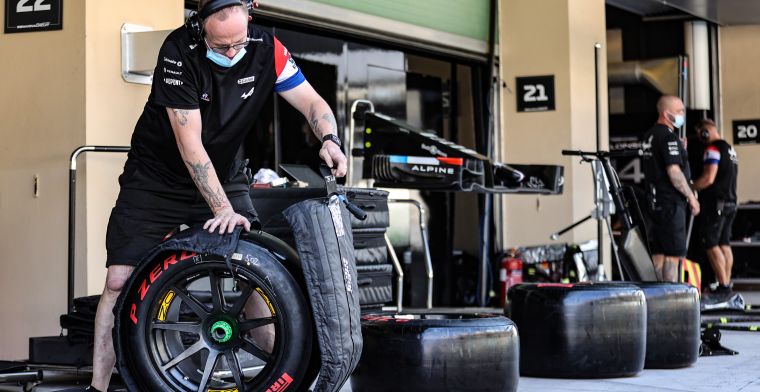F1: Scrapping tire warmers will result is $millions in car damage (3rd Update)
Mercedes trackside engineering director Andrew Shovlin thinks that F1 must not allow a situation where tires that are designed to cope without being pre-heated are not suitable for the increased downforce levels that teams are able to deliver.
“The sport has to be very careful that the legislation on blankets does not get ahead of the rate at which we can develop the tires,” said Shovlin. “And Pirelli’s problem is not a static one.
“These cars have got more downforce in a straight line than the cars we used to have. The high-speed loads are very, very high and the teams are constantly working to add performance. And for Pirelli to just keep up with that constant development is difficult.”
“Pirelli probably could give us one straight away,” added Shovlin. “But that tire would not lead to good racing. It would not allow the drivers to push as hard, and you would end up with very high tire pressures and a significant loss of grip.
“It’s a case of balancing the needs of the sport, along with environmental concerns that are all being addressed. But the big concern is making sure that we don’t end up with a worse sport, because we’ve led it with the legislation on what we want to achieve.”
“I think the challenge of taking a car that’s this fast, this powerful, that has this much downforce, and making a blanketless tire is incredibly difficult,” he said.
“I think it’s very easy to look at the Formula 2 series and say, ‘well, they do it’ but the energies involved are enormously higher – we’re doing around 20 seconds quicker at some circuits. And that challenge for Pirelli is very, very difficult. It requires a lot of steps of technical development.”
“The target is the right one, for the environment to remove the blanket,” he said. “I think we just need to give Pirelli the right time and the right chance, the right opportunities, testing opportunities, to develop the product that will meet everything. Once we have that we can then move to the blanketless approach.”
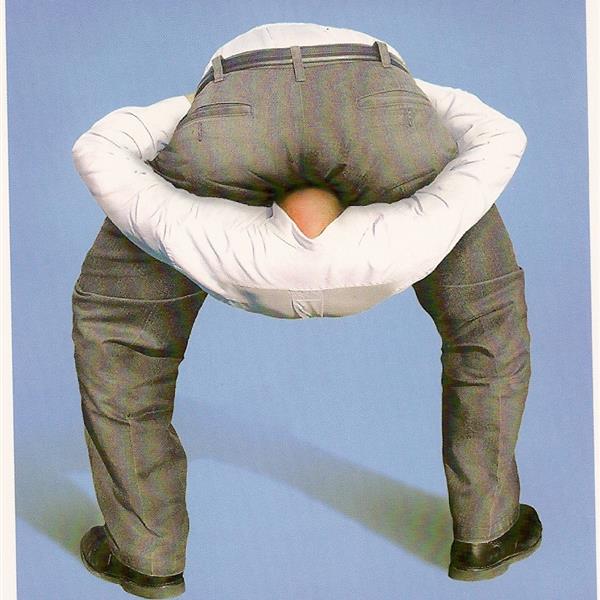
November 1, 2022
The F1 mental midgets, who have decided to outlaw tire blankets beginning in 2024, are going to come to regret their decision.
F1 cars are very powerful, very fast and very expensive. They use large tires that require a lot of energy to get them up to working temperature.
The ban was decided on for two reasons:
1. Cost – the blankets cost each team about $400K per year plus a couple of personnel to take care that all the tires are warmed to the correct temperature for a total cost in the neighborhood of $600K
2. Tree Huggers – Three huggers believe the energy it takes to heat the tires is polluting the environment. This, of course, is the most ridiculous thing we have ever heard when you consider the pollution that is created just to get fans to and from the track, team members to and from the track and, to and from each race, plus the fuel the cars and transporter trucks burn. However, this is typical tree-hugger logic to justify their means.
Just one crash per team per year caused by cold tires (guaranteed it will happen) and the repair bill of around $1 million will per incident will cause the team to exceed the annual cost cap, or force them to cut their design and development budget.
If they have two crashes, $2 million.
Three crashes, 3 million dollars.
The drivers will be keen to get a lot of heat buildup in their tires on the formation lap, especially on cold days. In doing so some will crash and never start the race.
And when 1/4 the field crashes at the start of a race because a driver in the back comes barreling down into the first turn on cold tires, can’t slow in time, and wipes out 5 or 6 cars like bowling pins, the mental midgets who decided on the blanket ban will be nowhere to be seen, hiding behind a closed door somewhere.
And the cautions and red flags that will result will ruin the racing and viewers will switch off the TV and go do something else.
One only has to look at IndyCars- less power, smaller tires, less expensive cars, no tire blankets and count the number of laps the pace car leads throughout a year caused by crashes on cold tires to see that F1 is being pennywise and pound foolish as a result of pandering to the tree-huggers.
Prediction: They will come to regret their decision to ban tire blankets in 2024. And the finger pointing will begin.
October 29, 2022
(GMM) World champion Max Verstappen is predicting “a lot of crashes” if Formula 1 continues to phase out the use of tire-warming blankets.
The phase-out has already begun, with the pre-heated temperature limit reducing further to 50C next year – before a full blanket ban from 2024.
The F1 drivers got a taste of life at 50C on Friday during Pirelli’s testing of proposed 2023 compounds in an extended practice session in Mexico.
“I probably had the hardest tire, so the slowest one, but it wasn’t particularly fun,” said quadruple world champion Sebastian Vettel.
2021 and 2022 drivers’ title winner Verstappen agrees: “No, it’s not fun.
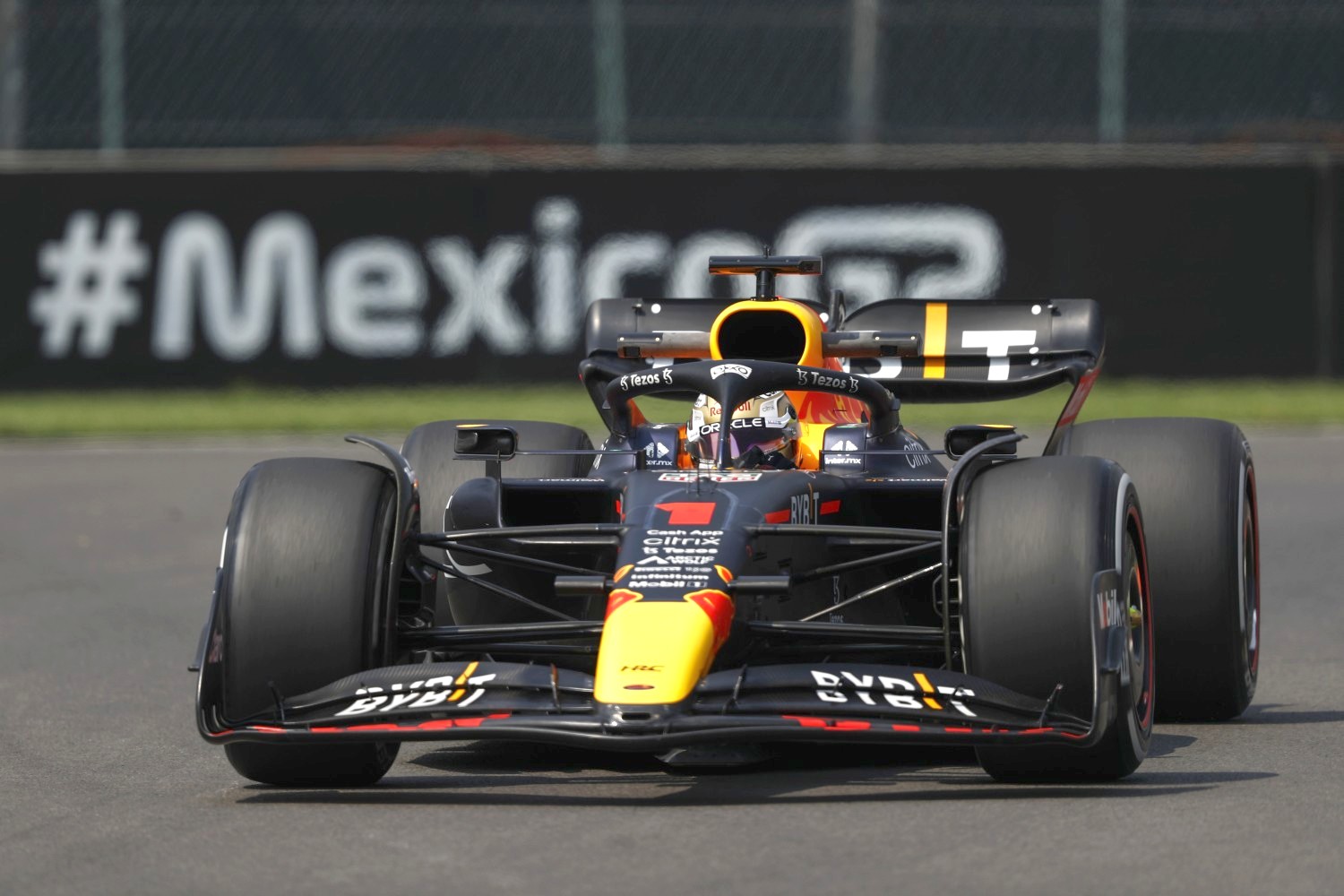
“In Austin, I almost spun in the pitlane! Ok, it was a hard compound, but it was a big step.
“But what I really don’t understand is that if we have the blankets, why don’t we use them completely? For me, either we have them or we don’t. Everything in between is pointless.
“I’ll predict it now: there will be a lot of crashes. You just slide around in the first few laps and the pressures will go through the roof.
“I don’t even want to think about how it’s going to work on a damp day in Monaco. We’ll probably need half the race to bring the tires up to temperature.”
The Dutchman thinks Formula 1 is being naive by thinking that a progressive tire blanket ban is appropriate.
“In my free time, I drive a GT3 without tire warmers,” said the Red Bull driver.
“But those cars are much more forgiving and much easier to manage than F1. Because here, with the power we have, you push a little too much on the gas, and you have a big accident.”
Haas driver Kevin Magnussen agrees.
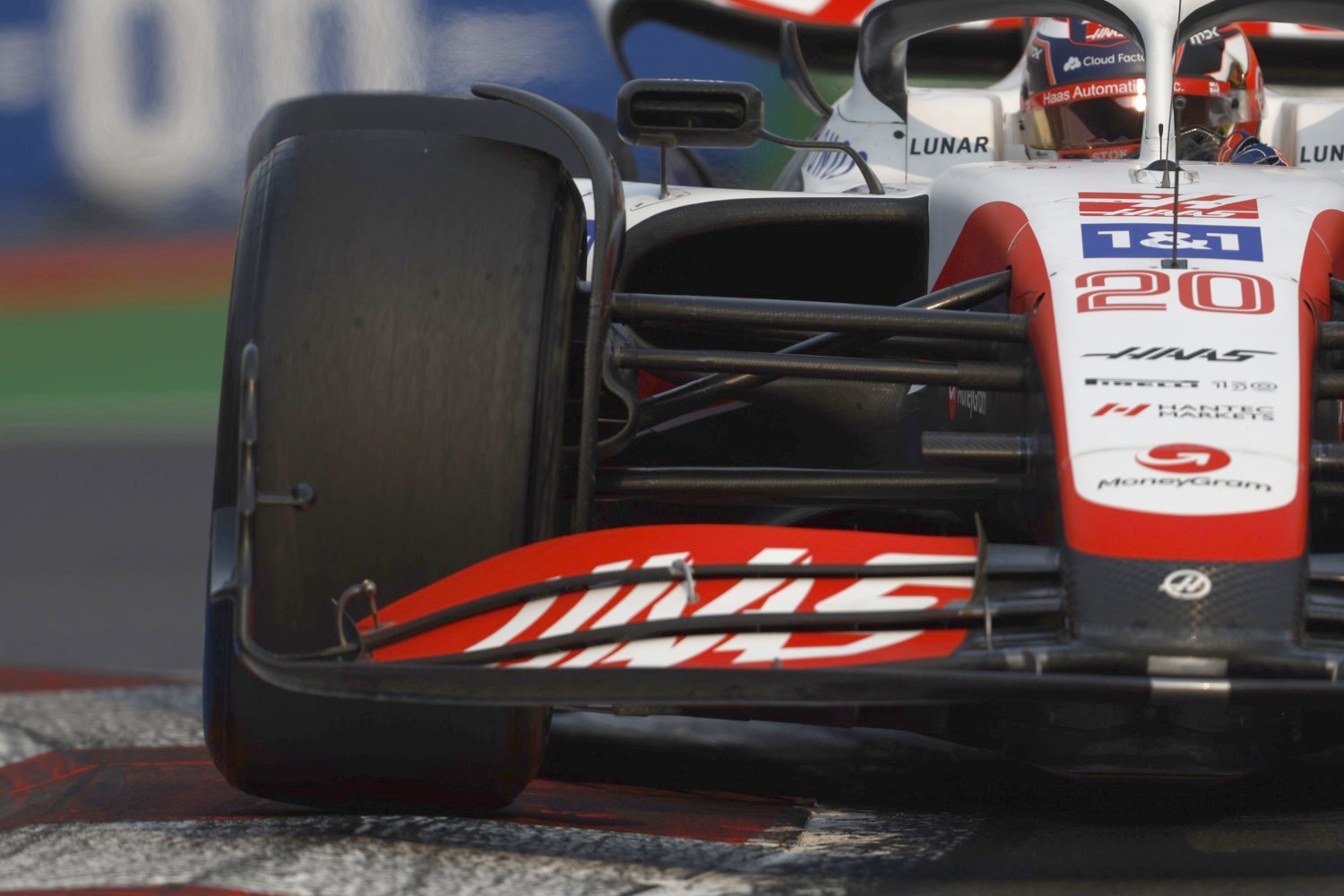
“I don’t think Pirelli, the FIA and Formula 1 really understand how difficult it is to warm up these tires even when they come out at 70C. I think it’s a safety problem,” he said.
Alfa Romeo’s Valtteri Bottas, on the other hand, thinks Formula 1 will react in the right way to make the phased-in tire blanket ban workable.
“With the current tires, it would be impossible in some cases,” the Finn admits.
“If you made a pitstop on a hard tire without tire warmers, it would definitely be very risky. Or on a street circuit with completely cold tires, the rubber would be more like plastic.
“But if the tire changes and it has been designed to run in much, much lower temperatures, then why not?” Bottas said.
“I think everyone has given their feedback, most of the drivers I think weren’t very enthusiastic – at least with these tires.
“But if the compound is different, if it works in both hot and cold, why not?”
October 28, 2022
F1 is slated to outlaw the use of tire blankets to warm tires before they go on a car. Tire blankets came into play when too many drivers crashes on cold tires that resulted in millions of dollars worth of damage over the years, not to mention needless cautions and red flags.
All the teams have already invested in tire blankets, yet the series’ mental midgets will outlaw them from 2024 onward.
This year there was reduction in maximum tire blanket temperature from 100C (front) and 80C (rear) to 70C.
Another 20C drop to a 50C maximum for the blankets will occur next year, something that was trialed last weekend in practice at the United States Grand Prix alongside evaluation of Pirelli’s 2023 tires.
F1 World Champion Max Verstappen and McLaren driver Lando Norris say eliminating tire blankets is a bad decision and they are campaigning to change that.
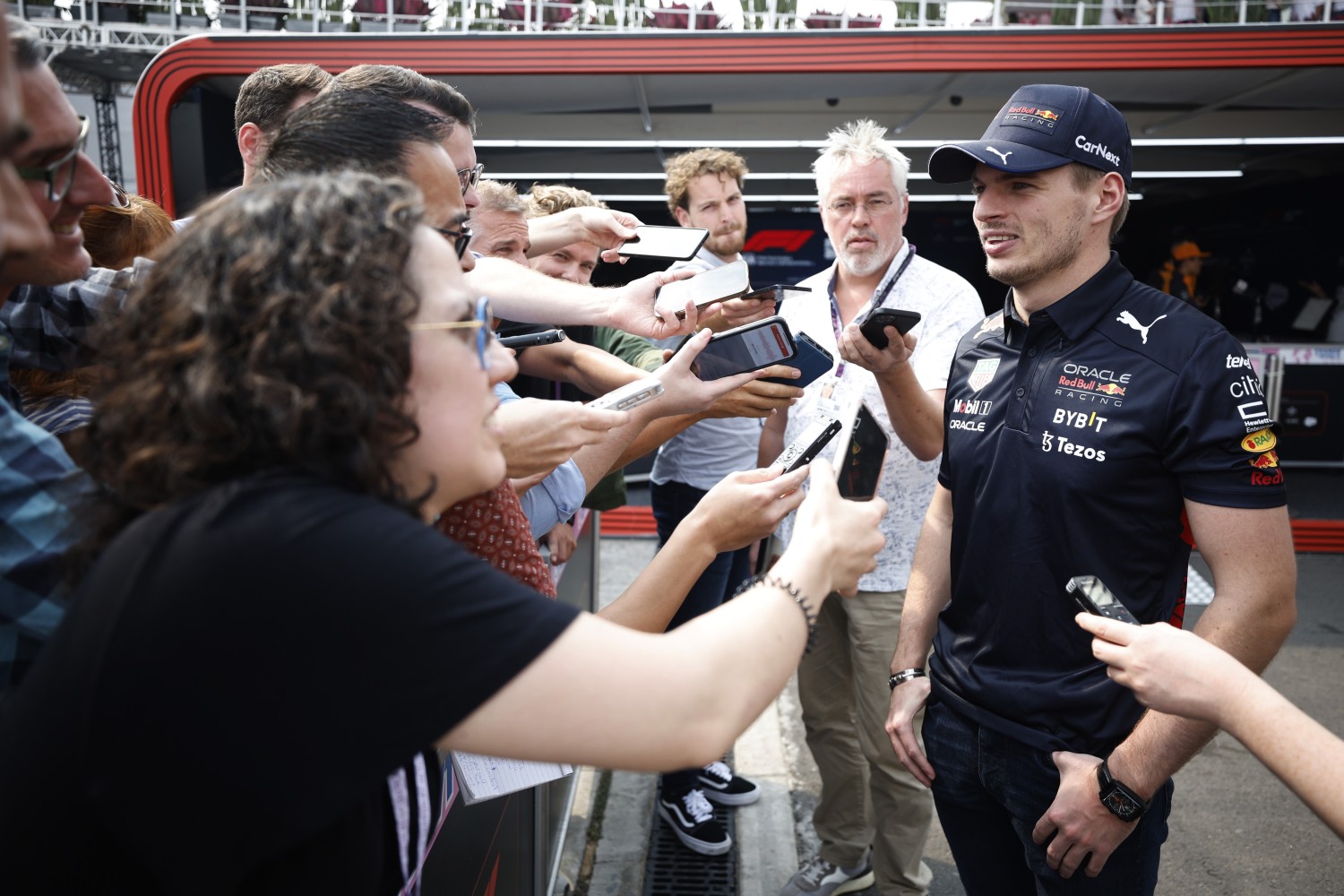
Verstappen said he only used the hardest compound at Austin and claimed the lack of grip due to the lower tire blanket temperatures was such that he almost spun in the pitlane.
“Your tire degradation is going to be completely different because your tires are very cold, you’re sliding around a lot in the first few laps, your tire pressures are going to go through the roof, so your tires are going to degrade a lot more.
“At the moment I don’t really enjoy it, and a lot of drivers say the same, and we have to of course find a solution to that.
“Austin is still a track where you can easily switch on the tires because of the high-speed corners.
“But if you go to a track like a street circuit, like Monaco, can you imagine half-and-half conditions, I think it’s going to take like half the race before you have temperature in your tires.”
Asked by the media about Verstappen claiming the rule risks crashes, Lando Norris said: “Yeah, there would be.
“This was like the best possible conditions to have these tires: super-warm, hot track temp, high-speed first sector to get the temp in. And they were not nice. So easy to front lock, so easy to rear lock, completely unpredictable.

“Imagine going to a much colder racetrack, or if it’s a little bit damp or something.
“Everyone’s going to shunt the car at some point.
“No driver wants it, basically.”
Norris said there are already “conversations” between the drivers and the stakeholders and that the most vocal drivers were those who have experienced much lighter F1 cars and better tires from previous eras.
“To drive a current era Formula 1 car, which is designed so specifically with all the aero and stuff, in a way not made to go out on cold tires, it’s not like a Formula 2 or Formula 3 car where you can just throw it about and do whatever,” said Norris.
“It doesn’t really work like that so much.
“We’ll have discussions about it, between all the drivers and the GPDA.”
